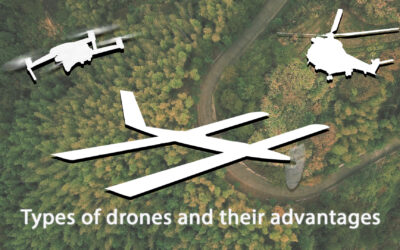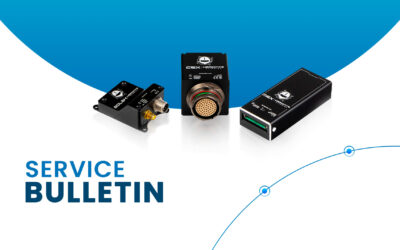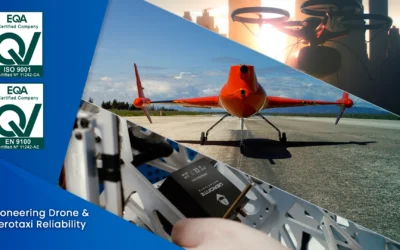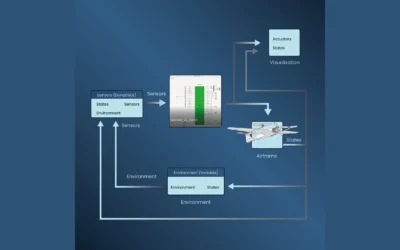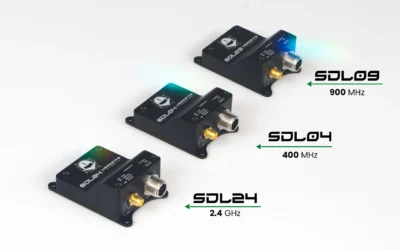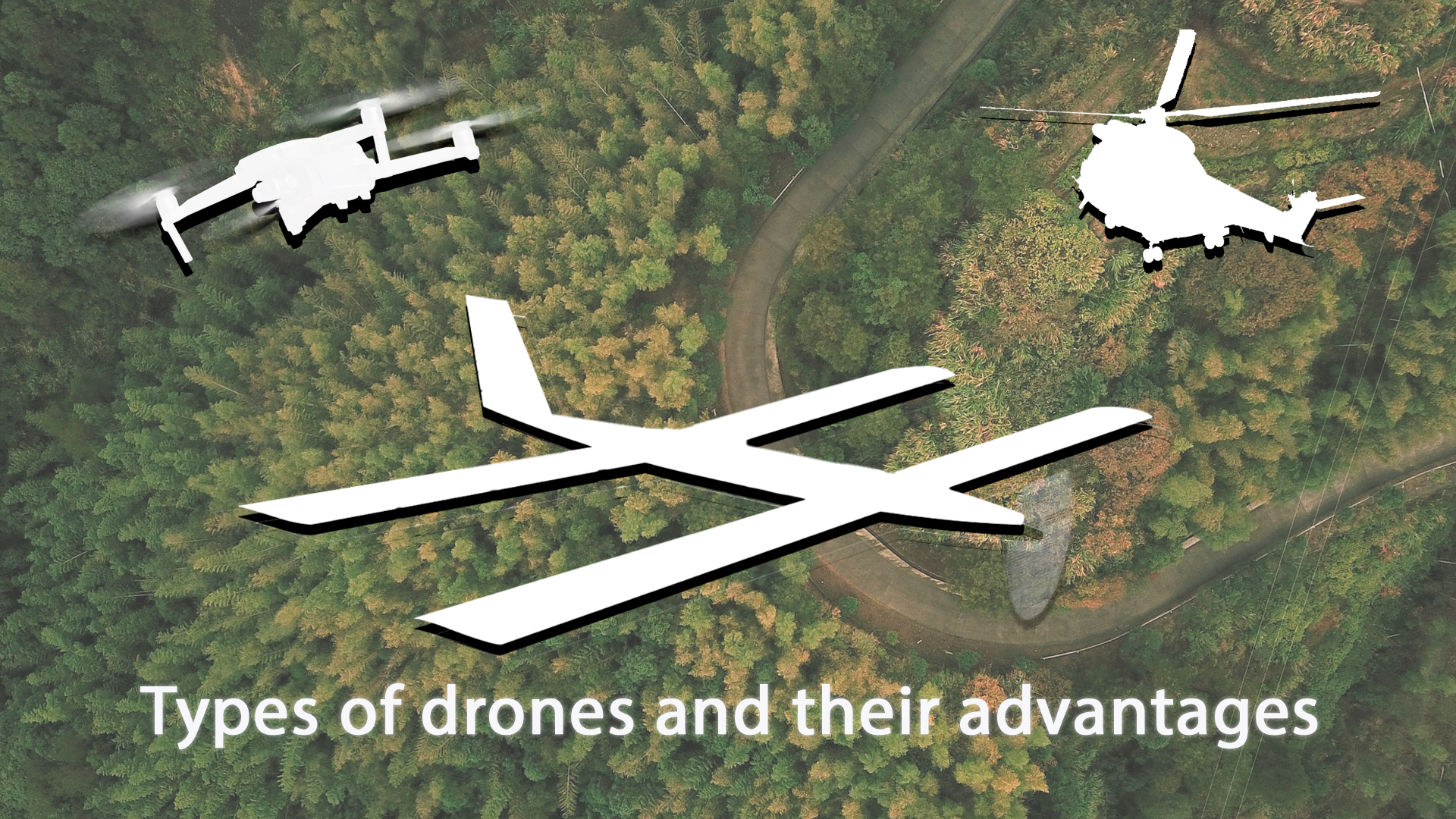Sensor calibration is of great importance for drones and eVTOL to maximize the accuracy and reliability in the operation. Once the sensors are integrated, it is necessary to perform a correct calibration to obtain the maximum performance and achieve the highest accuracy in the system.
Reasons for sensor calibration in drones
The main reason why sensor calibration is performed is that, although most sensors have a factory default calibration, this may not be adequate for all the system operating range. Specifically, the calibration temperature range often does not match with the actual operation of the drone or eVTOL. In Embention, for example, our Veronte Autopilot 1x is designed to work at a temperature range between -40ºC and 65ºC. For that reason, we must perform a calibration that covers the entire range, adapting it to the temperature required in the real operation of the autonomous vehicle.
Steps to follow
From Embention, we want to explain the steps to perform for the correct sensor calibration in drones. For this, we will set our products as an example: Veronte Autopilots 1x and 4x.
Barometer and Pitot Calibration
In our laboratory, we have specific equipment to calibrate the pressure sensors. Both the Veronte Autopilots 1x and 4x are connected to a precise pressure machine. And with software created for such functionality, the calibration system sends a range of determined and known pressures to the autopilot. This pressure depends on the sensor being calibrated because Veronte Autopilot 1x integrates two static pressure sensors and one dynamic pressure sensor. During this process, the Veronte Autopilot 1x will adjust the calibration of its sensors to the real value supplied by the high precision calibration machine.
IMU Calibration
The IMU in Veronte Autopilot integrates two types of sensors: gyroscopes and accelerometers, both with 3 measurement axes. These sensors integrate small mechanical elements that, due to dilation, change in size and adjustment at different temperatures, thus changing the raw sensor measurement. For that reason, it is necessary to perform a correct calibration at different temperatures if we want to obtain the highest grade of accuracy.
A Rate Calibration Table is used to calibrate sensors at different temperatures, where we can store different calibration values for different temperature measurements. For the IMU calibration, it is rotated in its 3 axes, subjecting the IMU to calibrate to a certain centrifugal force and to known static positions.
Conclusions
To sum up, sensor calibration should be performed so that any product can achieve its highest grade of accuracy. This calibration will correct small physical differences to ensure that all sensors read the same values for the same inputs. Therefore, their calibration ranges must be adjusted for each unit independently.

